If you love the power and precision of Olympic lifting but struggle with back pain—or don’t have access to equipment—this 15-minute, no-equipment routine is designed just for you. It combines the movement patterns of Olympic lifts with safe, bodyweight-based exercises that build strength, improve coordination, and protect your spine. Whether you're rehabbing an old injury or just want a smart, efficient workout, this guide gives you clarity on what to do, why it works, and how to adapt it to your needs.
Olympic lifts like the clean and jerk or snatch require explosive power, full-body coordination, and strong posterior chain engagement. While traditional versions use barbells, you can still train the same movement patterns using bodyweight exercises. These mimic the mechanics without the spinal compression, making them ideal for people with back pain.
Research and physical therapy practices support movement-based training for chronic back pain. Controlled, dynamic motions improve neuromuscular control, enhance joint stability, and increase blood flow to supporting muscles—all critical for long-term spinal health.
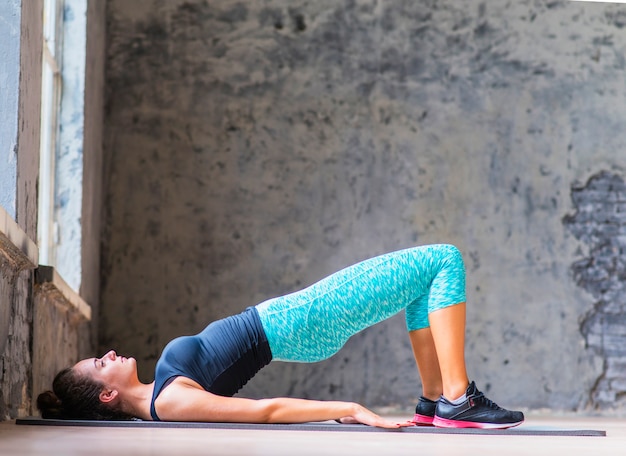
Perform each exercise for 45 seconds, followed by 15 seconds of rest. Complete the circuit once through. As you progress, repeat for a second round. Always maintain a neutral spine and engage your core.
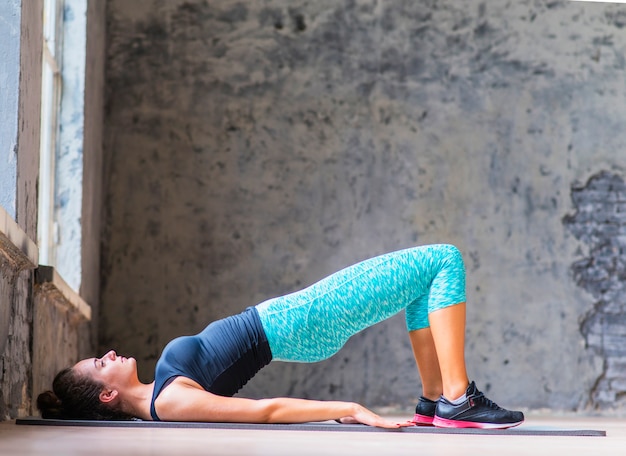
Back pain varies widely—what works for one person may aggravate another. Here’s how to personalize the routine:
Always stop if you feel sharp pain. Consistency over intensity leads to lasting improvement.
Unlike high-impact or weighted workouts, this routine is low-risk and highly repeatable. You can do it daily if needed, and it fits into small spaces—perfect for travel or home recovery. Over time, improved movement patterns reduce strain on your back during daily activities.
Plus, mastering the technique of Olympic-style movements—even without weight—enhances body awareness, which is crucial for preventing future injuries.
You don’t need a barbell or gym membership to train like an athlete. With smart modifications, Olympic lifting principles can be adapted to support, not strain, your back. This 15-minute routine delivers strength, mobility, and confidence—all without equipment or risk.
Listen to your body, progress gradually, and prioritize form. Over time, you’ll build resilience that protects your spine for years to come.

Fitness

Fitness

Fitness

Fitness

Fitness
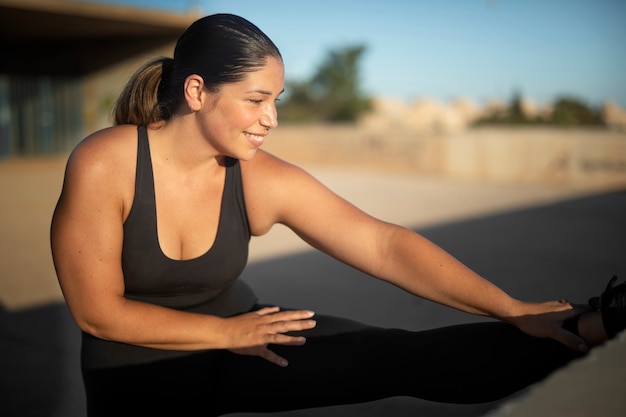
Fitness
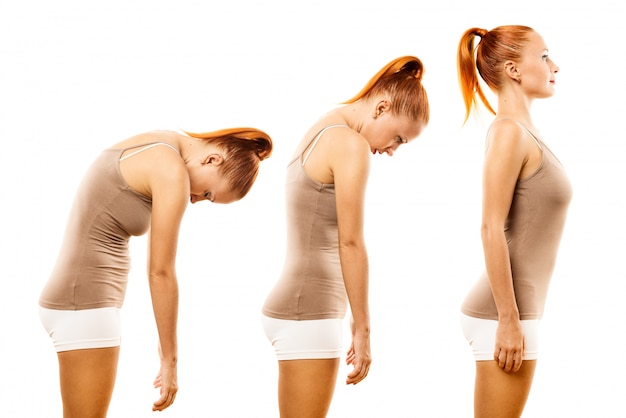
Wellness
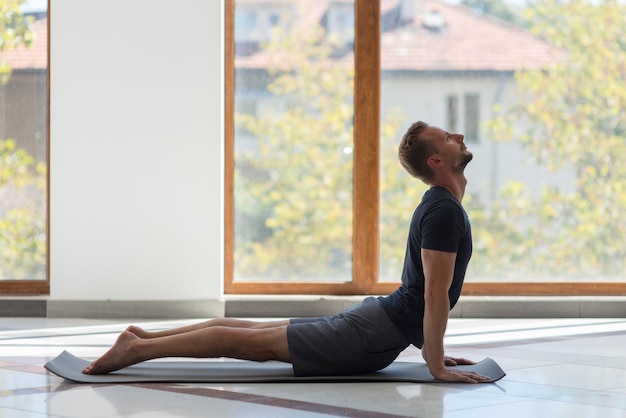
Wellness
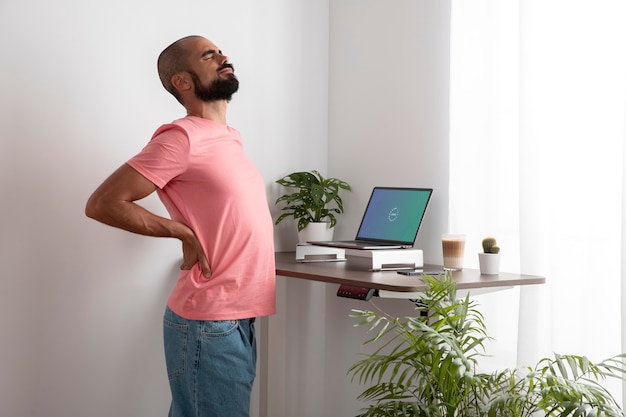
Health
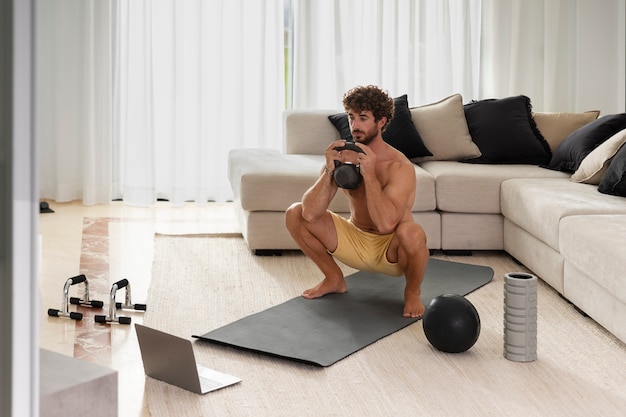
Fitness
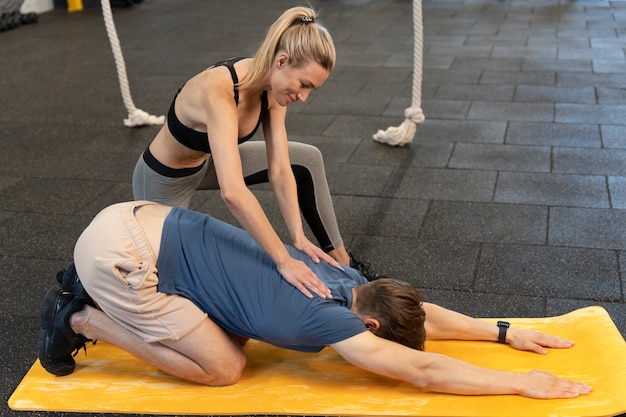
Wellness
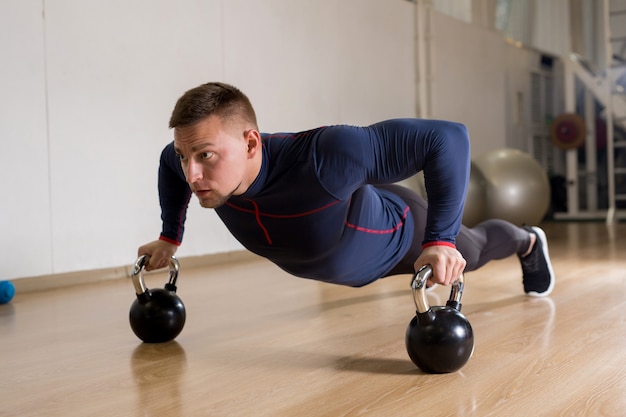
Fitness

Health

Fitness

Health

Health